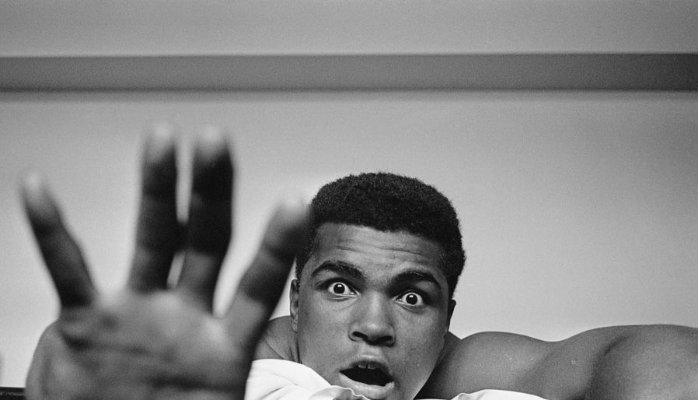Perhaps no single factor has a greater impact on a company’s future — for better or worse — than the selection of a new CEO. Choosing a CEO is a high-stakes proposition, arguably the most important decision a board can make.
While some situations demand outside successors — such as a turnaround or a discontinuous shift in the industry and strategy – we believe that internal candidates remain the future CEOs-of-choice. And keeping pace with innovation in an increasingly complex, continually morphing business environment requires a new sort of leader — one who can build complex social networks and tap the “latent innovation” of the organization and its business partners. Not surprisingly, the edge often goes to someone who is a known quantity, who is respected by the organization and the larger ecosystem in which it operates.
How can a board go about finding a new CEO who’s equipped to deal with 21st-century challenges? Below we share what we consider the seven defining tenets of a “gold standard” succession process:
Align the board on future CEO profiles that are driven by business strategy. Start well in advance of a planned succession by engaging the board in a strategic alignment process to define short- and long-term business priorities. Then link strategic priorities to the experiences, competencies, and personal traits required in the next CEO. Fold all this into a CEO Success Profile to be used as a blueprint for evaluating internal and external CEO candidates.
Assess candidates against industry benchmarks, valid indicators of executive potential, and the CEO profiles you’ve developed. Acquire an accurate, unfiltered, multi-dimensional view of candidates’ strengths and weaknesses in a mix that includes quantitative assessments that can evaluate not only relevant competencies and experiences but beneath-the-surface personal traits and drivers that will align with success.
Think 2-to-3 CEO moves ahead; don’t just seek to replace the incumbent. CEO succession is an ongoing process designed to develop the talent pipeline — not an isolated event. Companies should develop a dual focus that includes both preparing capable near-and mid-term leaders and identifying those deeper down in the organization who possess future leadership potential.
“Cross train” generations of CEO successors with a mix of on-the-job training, intensive coaching, mentoring, and education. Once you’ve gone deeper to find not merely a replacement CEO, but generations of successors with the potential to serve as future CEOs, help that potential blossom with individually tailored development plans geared to both individuals’ needs and what the organization will require in a future leader. As potential successors become real contenders for the role, the focus should be on identifying areas to accelerate growth and close critical gaps.
Become intimately familiar with the bench and their potential. There should be 7 potential CEOs in your company across several generations. Do you know who they are? In addition to enabling future CEOs to develop their potential, these individuals should gain regular exposure to the board in both formal and informal settings so directors can continue to assess their potential as possible future CEOs. Once an individual is in the running for CEO, the board will need to know more: What is this person like under pressure? How does this impact his or her leadership? Does he or she possess the agility and courage required to make difficult choices? Insight into leadership traits and motivations of a leader are as important as an individual’s experiences and proven track record.
Keep CEO succession as a standing board agenda item since it ensures a multi-layered, multi-generational process. CEO succession is an ongoing, “evergreen” process that continues, even immediately after the appointment of a new CEO. As potential leaders emerge from a few layers down, the board should be kept apprised of development plans so it can be assured that the organization’s future leadership needs can be met.
Ensure that your talent management and development planning is linked to your longer-term business strategy. During both regular board meetings and at intensive off-sites, many companies now link strategy sessions and talent development sessions to ensure that any shifts in the strategy will inform what will be required of future leaders. Since an array of possible “futures” need to be planned for, corresponding different leadership profiles should be planned for as well.
Growing and maintaining a leadership cadre of this caliber requires a commitment on the part of companies and their boards and an investment over time. Internal succession candidates don’t spring up fully formed overnight. Capable successors are the product of years of planning, mentoring, and guidance — ideally as much as five years ahead of a planned transition — to ensure that they acquire the skills and experience they will need and that their hardwiring relative to their internal traits and drivers has a chance to emerge before they take the helm as CEO.
This is an investment that will be paid back many times over, as it enables companies to continually strengthen the leadership needed to deliver strategic priorities for high performance, while simultaneously developing next generations of leaders for an ever-changing world. Taking this approach also enables an organization to be the sort of place top talent vies for because it an attractive place for personal development and career growth. Last but not least, almost nothing is more tightly aligned with protecting shareholder value than meeting this “CEO succession gold standard,” as it assures the probability that the right leaders will be in place to deliver sustainable, successful results.








